Following the success of the previous project to reconstruct the famous 6th century shield from Bidford-on-Avon grave-182 with the kind help of the Shakespeare Birthplace Trust, we were honoured to be asked by the Trust to produce for them a reconstruction of a 6th shield to be shown to visiting school groups, alongside the original finds in their collection vaults, as part of their educational programme in support of teaching for the new national curriculum.
Although simplifying some aspects of the construction to maximize durability and keep costs for the Trust low, we were pleased to be able to produce a satisfying result; a highly durable but convincing reconstruction with details linking directly to items in the collection and drawing particular inspiration from Bidford-on-Avon graves 33 and 182.
Although simplifying some aspects of the construction to maximize durability and keep costs for the Trust low, we were pleased to be able to produce a satisfying result; a highly durable but convincing reconstruction with details linking directly to items in the collection and drawing particular inspiration from Bidford-on-Avon graves 33 and 182.
A size of approximately 60cm in diameter was chosen; a reasonable size to be handled by pupils in the target agegroup, close to the modal size for 6th century Anglo-Saxon shields, and also fitting comfortably in the upper half of the "medium shield" category (Dickinson and Härke, 1992). Key details of interest which were integrated into the reconstruction included a boss hand forged by our associate smith corresponding to the form of the well preserved boss from grave 33, in the SBT collection, with rivets capped with pure tin achieving a similar look to those of the boss from grave 182, tinned board disc fittings like those of grave 33, an iron lozenge fitting corresponding to the type specimen from grave 33, and a type 1a(i) grip.
On completion of the project, three members of the Thegns of Mercia were pleased to be warmly welcomed to the Shakespeare Birthplace Trust in Stratford-upon-Avon to present the reconstructed shield to staff in person. It is hoped that this shield, displayed alongside matching finds in the collection, will help to bring the Anglo-Saxon age to life in the minds of visiting school pupils, inspire learning about the period, and encourage pupils to consider various basic aspects of interpretation of archaeology.
On completion of the project, three members of the Thegns of Mercia were pleased to be warmly welcomed to the Shakespeare Birthplace Trust in Stratford-upon-Avon to present the reconstructed shield to staff in person. It is hoped that this shield, displayed alongside matching finds in the collection, will help to bring the Anglo-Saxon age to life in the minds of visiting school pupils, inspire learning about the period, and encourage pupils to consider various basic aspects of interpretation of archaeology.

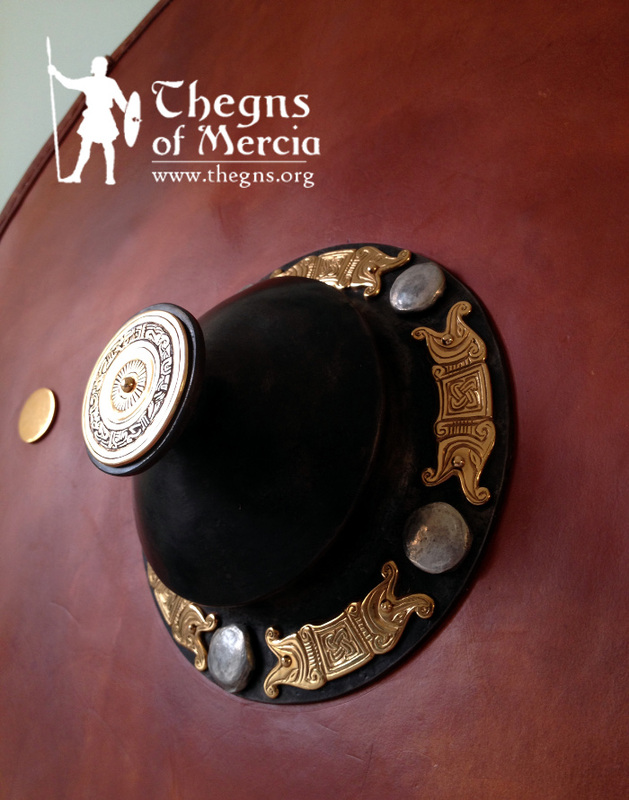
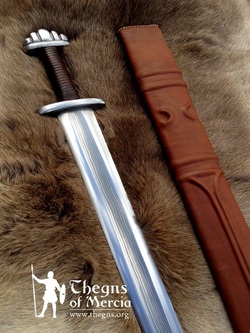
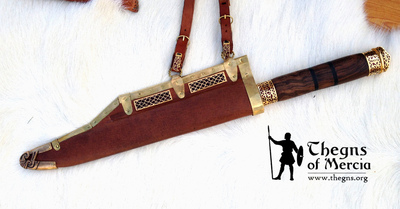
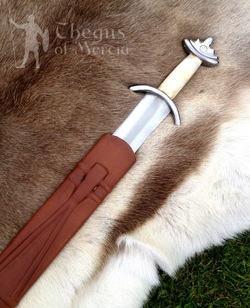
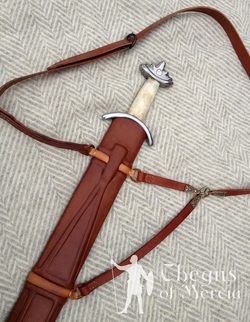
 RSS Feed
RSS Feed
